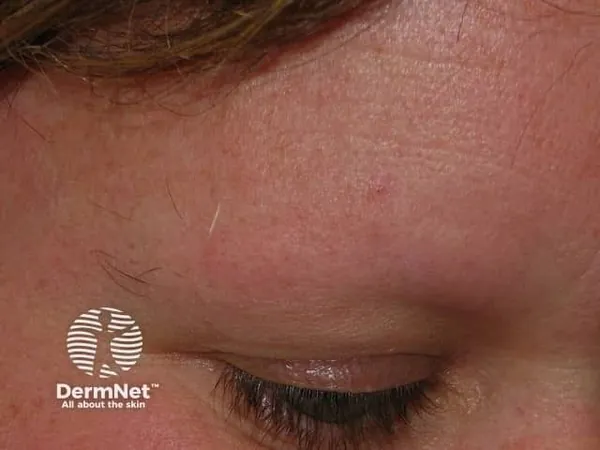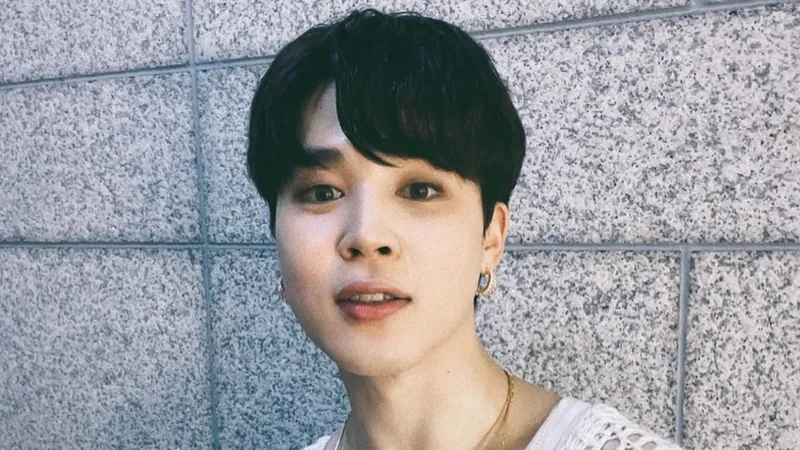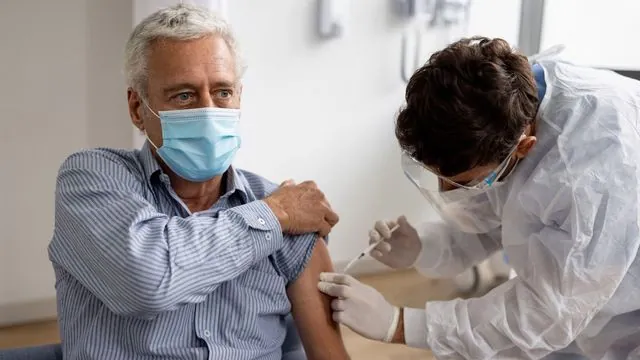
Unveiling the Hidden Struggles: The Psychological Impact of Alopecia Areata on Children and Teens
2024-10-09
Author: Yu
Unveiling the Hidden Struggles: The Psychological Impact of Alopecia Areata on Children and Teens
Alopecia areata (AA), an autoimmune disorder that leads to hair loss, often strikes during the crucial years of childhood or adolescence, impacting around 0.1% of this age group. Recent research highlights the pressing need to understand the psychological ramifications of AA, as these formative years are pivotal for emotional and social development.
Isabella Tan, a key researcher in the study, emphasizes the urgent call for increased awareness and tailored support: “Our findings illuminate the significant psychosocial burden faced by children and adolescents with alopecia areata, affecting their self-esteem, body image, and overall quality of life.” This recognition is critical for developing effective interventions that address emotional and social challenges specific to these young individuals.
Emotional and Social Challenges
The onset of hair loss can lead to debilitating effects on self-confidence and body image in young patients. Many children and teens experience heightened self-awareness and social anxiety linked to their changing appearance. Researchers note that these emotional challenges can result in social isolation, increased distress, and a downturn in their overall quality of life.
Psychodermatology emerges as an integral approach in this context, combining dermatological care with psychological support. Psychodermatologists play a vital role by offering counseling and therapeutic measures that help young patients navigate the emotional hurdles posed by their condition.
Insights from a Systematic Review
A systematic review was executed to dissect the existing literature concerning the psychosocial impacts of AA on pediatric populations. Spanning various databases, such as PubMed and Cochrane, researchers sifted through 79 articles, ultimately including 10 that met their rigorous criteria.
The diverse methodologies of these studies—ranging from qualitative interviews to cross-sectional analyses—revealed consistent themes. Alarmingly, 75% of participants reported negative impacts on their self-esteem. Moreover, correlation studies highlighted a direct link between the severity of AA and diminished health-related quality of life (HRQL).
Furthermore, researchers pointed to significant influencing factors like stress, family dynamics, and co-occurring psychiatric conditions. Notably, studies indicate school-related stress is often a precursor to AA, with elevated anxiety and depression rates found among affected youth compared to their peers.
Implications for Clinical Practice
These findings underline the urgency for dermatologists to address the broader psychosocial implications of alopecia areata actively. It is crucial to incorporate assessment tools like the Dermatology Life Quality Index to facilitate holistic treatment plans that consider both physical and emotional health.
Qualitative studies also provided invaluable insights into the experiences of young individuals grappling with AA. Themes of loss of identity, social stigma, and maladaptive coping mechanisms surfaced frequently, emphasizing the need for a comprehensive support network.
Future Directions
Despite these findings, the review calls for more extensive research to explore the long-term psychological outcomes of AA and the effectiveness of various support initiatives. Future investigations should aim for longitudinal studies over diverse populations to enhance our understanding of the complex psychosocial landscape surrounding alopecia areata.
Conclusion
The impact of alopecia areata on the psychological well-being of children and adolescents is profound, influencing their self-esteem and quality of life significantly. Developing strategies that address these emotional struggles is paramount for the successful management of AA. Collaboration among dermatologists, psychologists, educators, and support systems is essential to forge comprehensive care approaches that prioritize the holistic health of young patients battling this condition.
By shining a light on these hidden struggles, we can foster a broader understanding and create informed pathways that support young individuals facing the challenges of alopecia areata.




 Brasil (PT)
Brasil (PT)
 Canada (EN)
Canada (EN)
 Chile (ES)
Chile (ES)
 España (ES)
España (ES)
 France (FR)
France (FR)
 Hong Kong (EN)
Hong Kong (EN)
 Italia (IT)
Italia (IT)
 日本 (JA)
日本 (JA)
 Magyarország (HU)
Magyarország (HU)
 Norge (NO)
Norge (NO)
 Polska (PL)
Polska (PL)
 Schweiz (DE)
Schweiz (DE)
 Singapore (EN)
Singapore (EN)
 Sverige (SV)
Sverige (SV)
 Suomi (FI)
Suomi (FI)
 Türkiye (TR)
Türkiye (TR)